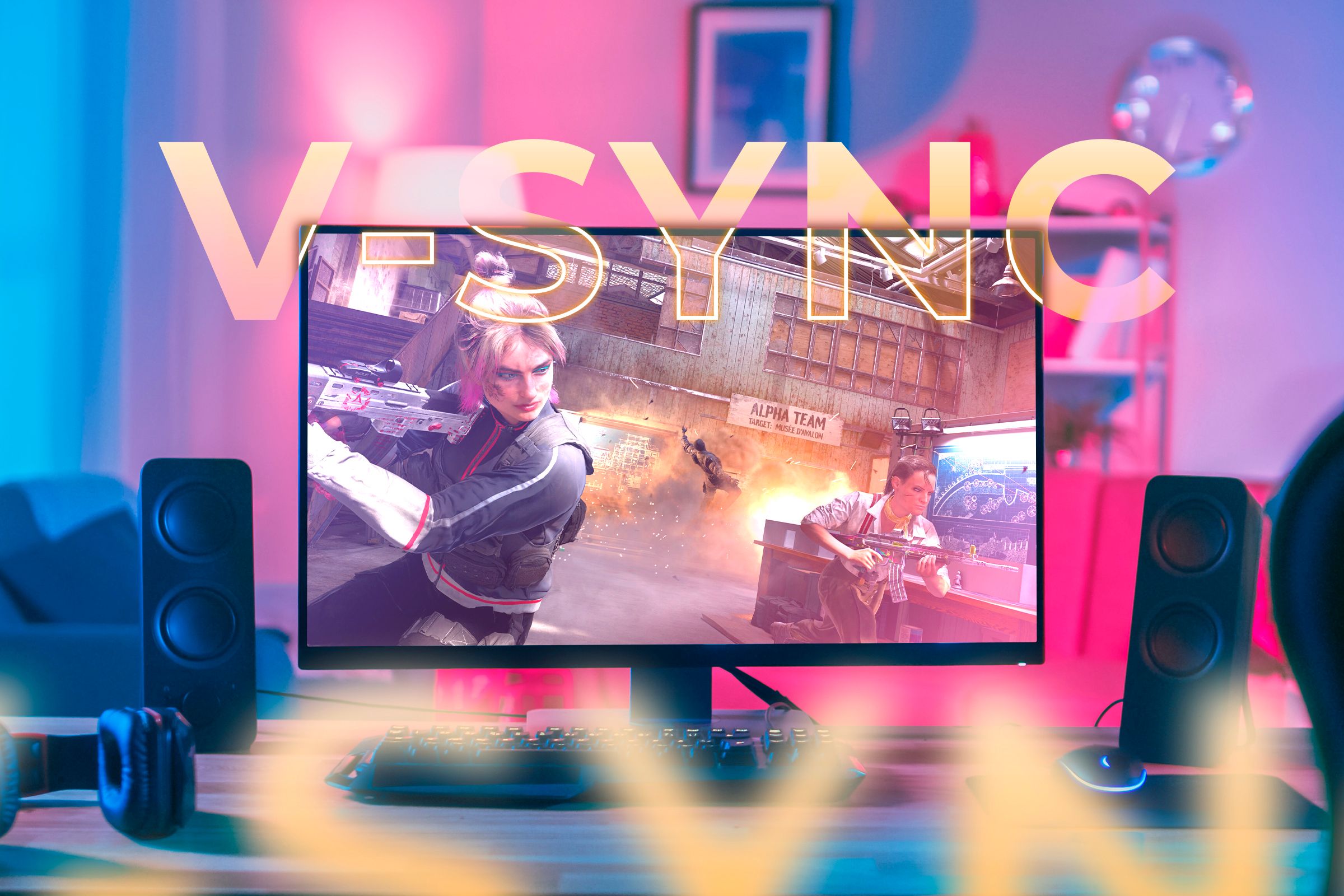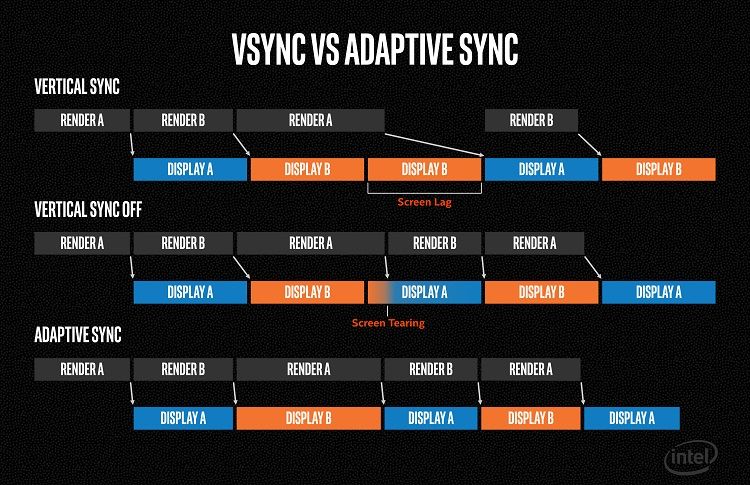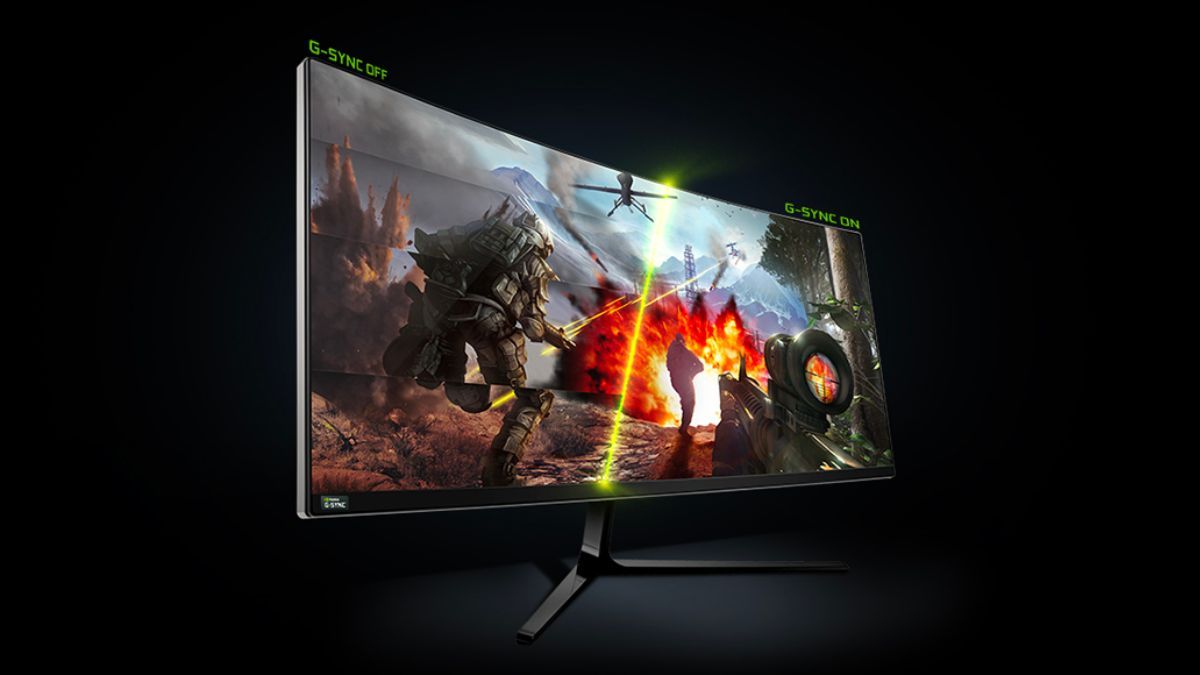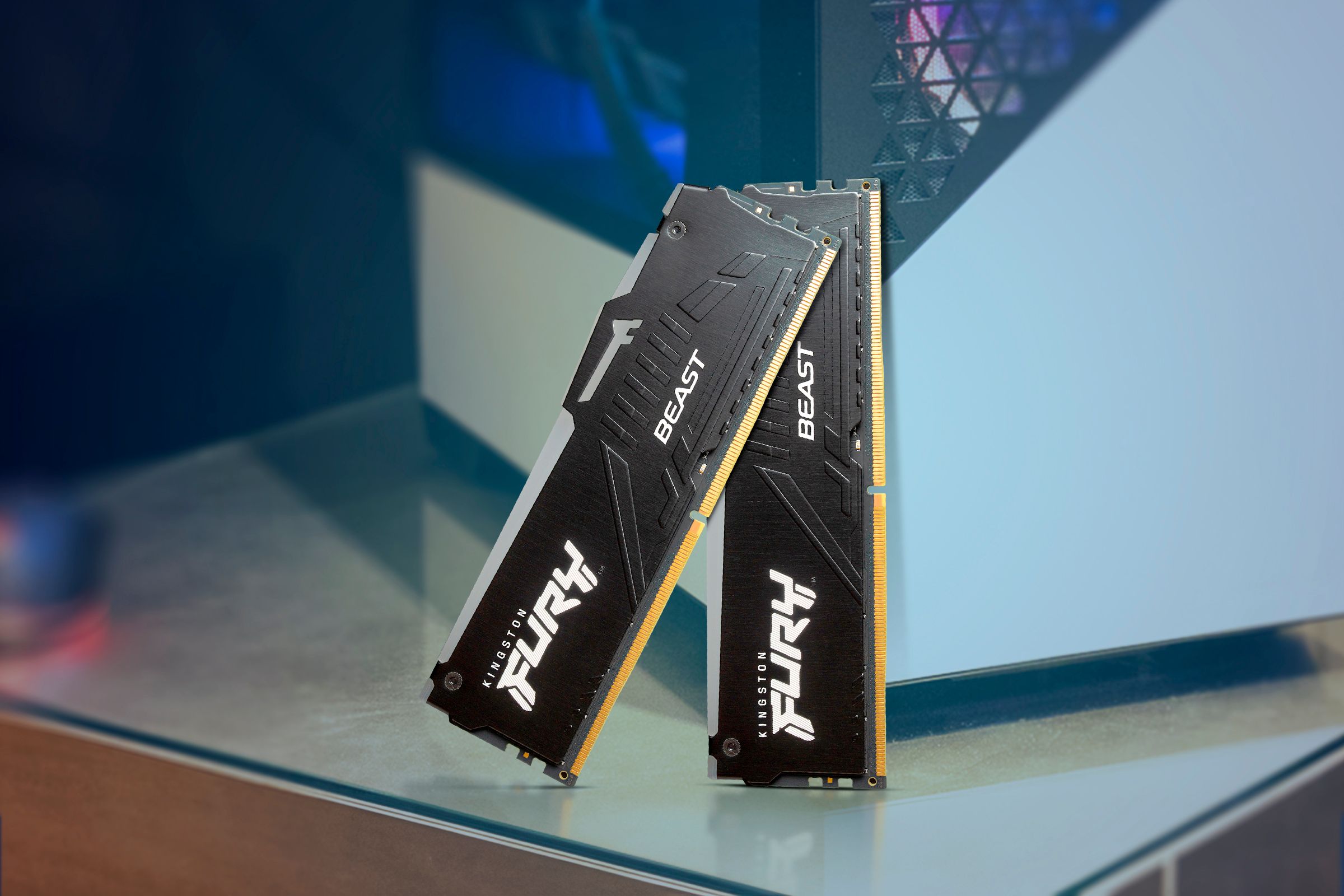What Is VSync, and Should You Enable It?
Computer Hardware
Key Takeaways
- VSync synchronizes display & GPU frame rates to prevent screen tearing and stuttering.
- VSync lowers FPS by limiting GPU output to match screen refresh rate.
- Adaptive VSync adjusts synchronization based on GPU performance for reduced input latency.
Video games commonly have a toggle in their graphics settings called “VSync”, but what does VSync do, and should you enable it? I’ll explore the pros and cons of VSync technology to help you decide when it’s the best option.
What Is VSync?
VSync (short for vertical synchronization) is a technology used in displays and graphics cards to synchronize the display’s refresh rate with the graphics card’s frame rate. This ensures that each video frame is displayed on the screen at the correct time without screen tearing or stuttering.
When the refresh rate and frame rate are not in sync, the display may show part of one frame and part of another frame simultaneously, resulting in a torn image. This can happen when the frame rate is higher than the refresh rate, causing the display to show multiple frames at once, or when the refresh rate is higher than the frame rate, causing the display to skip frames.
To demonstrate, here is a video clip I took of the top-left corner of my screen, while playing Doom Eternal with Vsync completely off. The video was filmed using my iPhone’s slow-motion function, so you can clearly see the lines of screen-tearing.
A GPU has several memory “buffers” that store and process graphics data. The “front” and “back” buffers are two of these buffers used in a “double buffering” technique.
The front buffer is the part of the GPU memory visible on the display. It contains the image data that is currently being displayed on the screen. When the GPU renders a new frame, it stores the data in the back buffer, which isn’t visible on the screen.
Screen tearing happens when the buffer is “flipped” partway through a screen refresh cycle. With VSync enabled, the GPU waits until the next screen refresh starts before sending the back buffer contents to the display.
Does VSync Lower FPS?
You should be aware that VSync does lower frame rates, and it happens in a few ways. The primary way is how vertical synchronization prevents your GPU from rendering more frames than the screen’s refresh rate. In other words, a 60Hz monitor will receive no more than 60 frames per second.
Additionally, double-buffered VSync has a serious drawback. If the device connected to the display cannot produce frames at a sufficient rate, the current frame will persist for two refreshes, dropping the FPS to half the refresh rate.
Triple-buffering is a similar technique but with an additional buffer. This third buffer is used to store an intermediate frame that is being rendered by the GPU, while the front buffer is displayed on the screen, and the back buffer is waiting for the next frame.
Whichever newest frame is ready to be flipped to the front buffer at the start of the display refresh is sent there. This reduces how harsh the frame rate reduction is when your GPU can’t always keep up with the display’s refresh rate since there’s almost always a new frame available. However, triple-buffering does slightly increase latency, so it’s not favored by online multiplayer fans.
“Adaptive” VSync tries to address the drawbacks of those VSync methods by adapting the synchronization between the refresh rate and frame rate depending on the graphics card’s performance. When the frame rate is higher than the refresh rate, Adaptive VSync behaves like VSync being on and synchronizes the refresh rate with the frame rate to prevent tearing and stuttering.
However, when the frame rate is lower than the refresh rate, Adaptive VSync behaves like VSync being off and allows the graphics card to render and display frames as fast as possible, without any limitations. This can improve the frame rate and reduce input latency without causing any tearing or stuttering.
VSync and Variable Refresh Rate Displays
In addition to the VSync technologies we’ve discussed so far, variable refresh rate (VRR) technologies can also play a role in improving your gaming experience. If you have a VRR display that uses HDMI VRR, AMD FreeSync, or NVIDIA G-Sync, then it can dynamically change its refresh rate to match the frame rate of the GPU.
This solves virtually all the problems other forms of VSync have in terms of input latency or frame rate reduction. However, if your GPU can produce more frames than the maximum frame rate of the display, you may still want to activate VSync in conjunction with VRR technology.
If your frame rate dips below the minimum refresh rate of your VRR-enabled display, you’ll always want an LFC (Low Frame Compensation) feature. Not all VRR displays include this feature, so look out for it when making a purchase.
When Should You Turn VSync On?
When to turn VSync on depends on your personal preferences. Vertical synchronization can provide a smooth and immersive experience, but it can also have some drawbacks. Turning VSync off can improve the frame rate and responsiveness, but it can also cause visual artifacts such as tearing. Whether you can live with the level of apparent tearing is a personal decision, and it’s easy enough to try each game with the feature on and off.
Some players may prefer to turn VSync off when playing games that require precise timing and coordination, such as first-person shooters, real-time strategy games, or esports games.
In single-player games that don’t depend on low levels of input latency, it’s usually best to turn on VSync. However, we don’t recommend ever using double-buffered VSync unless there is no other option available. Triple-buffered VSync is a better option, with adaptive VSync being an even better option if possible. Most modern games have at least triple-buffered VSync, even if it isn’t labeled as such.
With new technologies such as VRR, adaptive sync, and more refined versions of VSync, the drawbacks of traditional VSync are all but gone. So if you have access to these newer toys, don’t hesitate to use them!















